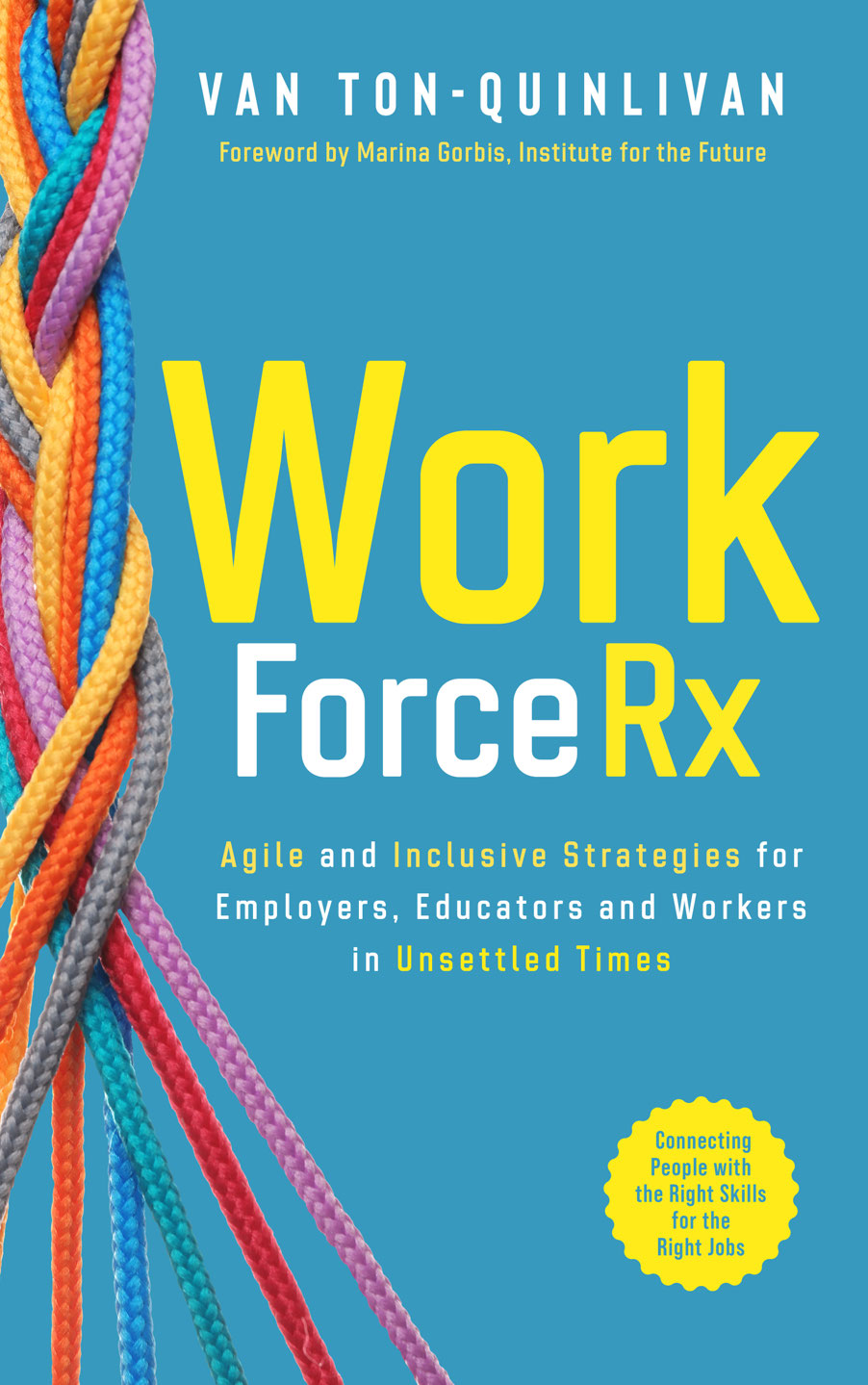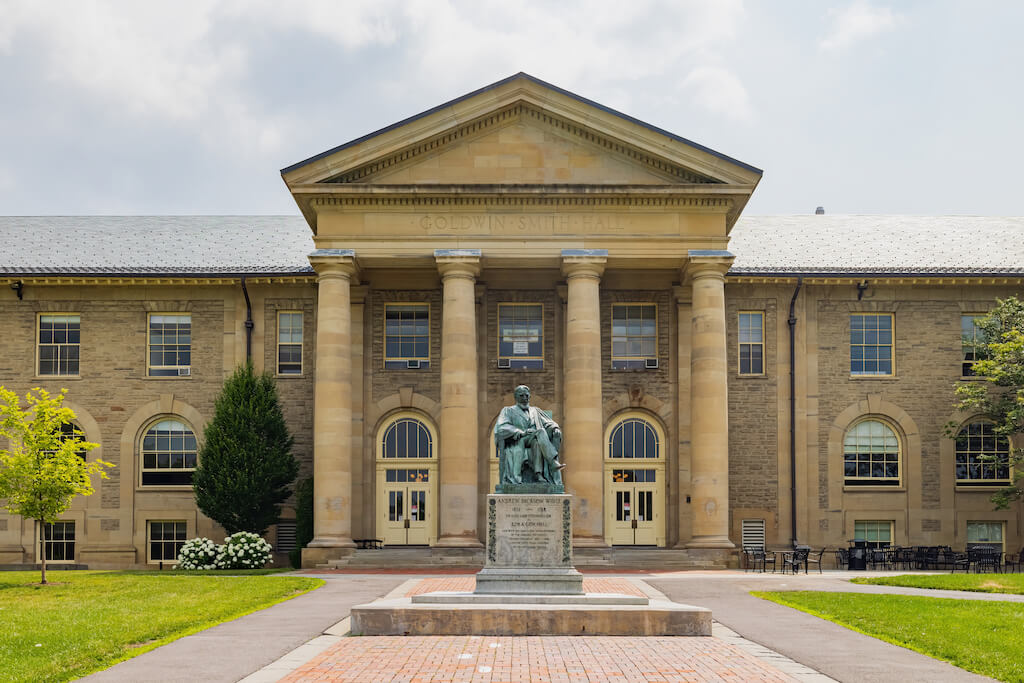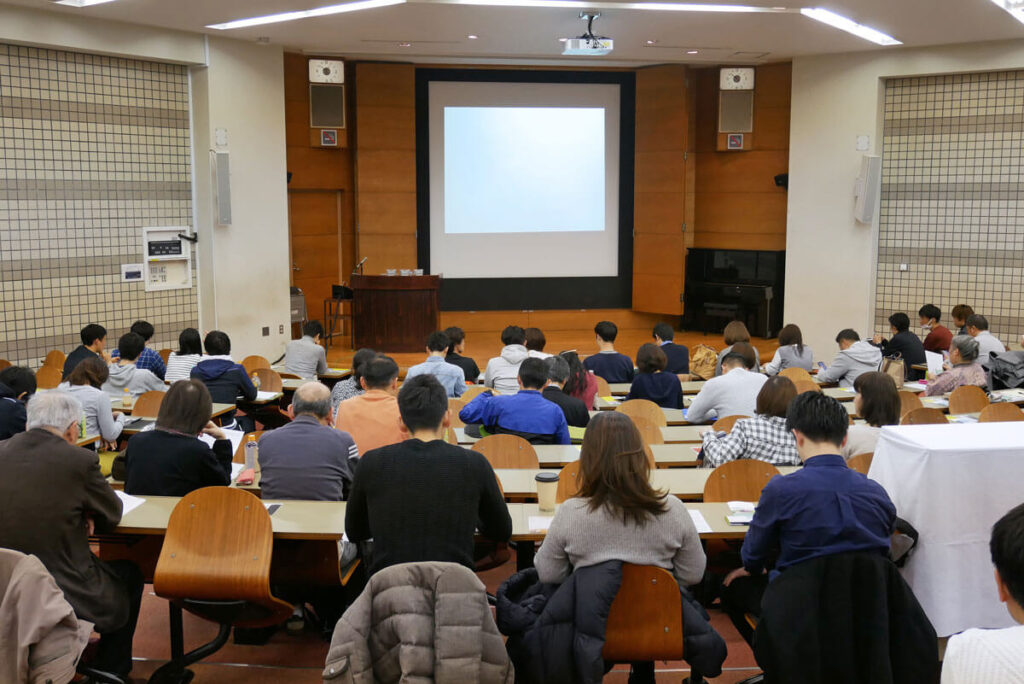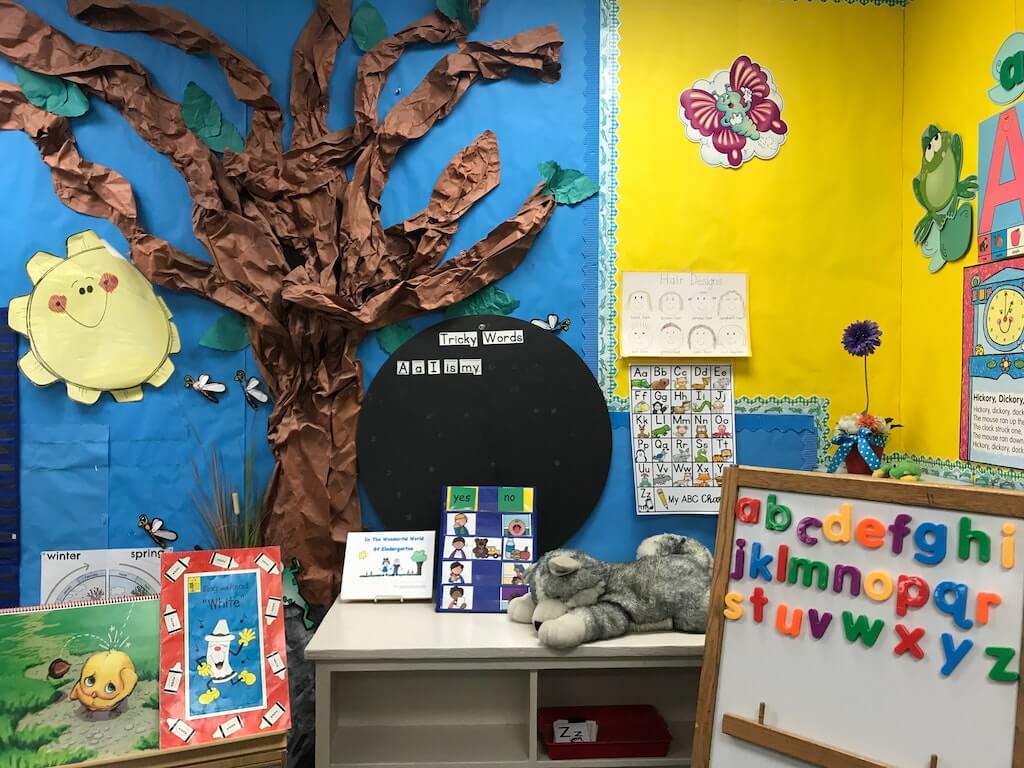After a conversation with an ed tech entrepreneur about the rapidly evolving field of non-credit credentials, I looked for a book or paper in my collection that I thought highlighted some of the issues with non-credit offerings from education institutions. I remembered I had a copy of WorkForce Rx written by Van Ton-Quinlivan in 2021 and decided to reread it.
Ms. Ton-Quinlivan has held several different roles in workforce development that enabled her to collaborate, learn, and lead during years of working with California community colleges and for the California Community College System, the country’s largest with 116 colleges enrolling two million students. In a somewhat autobiographical style, Ms. Ton-Quinlivan shares her experiences leading workforce development at Pacific Gas & Electric (PGE), her leadership as Vice Chancellor of Workforce and Economic Development and later Executive Vice Chancellor of Workforce and Digital Futures of California Community Colleges implementing changes in career education, and as CEO of Futuro Health.
Each of the ten chapters in WorkForce Rx has a challenge and a solution posed by Ms. Ton-Quinlivan. The challenge in Chapter 1 is How do you match the right people with the right skills at the right time? The Solution is corporations, education institutions, and public policy makers must aggregate the demand for labor and collaborate on curricula. Ms. Ton-Quinlivan writes that she thinks about the foundation of workforce development as a three-legged stool of collaboration when each party does not do everything but focuses on what it does best. The first leg of the stool is employers whose role is to articulate their hiring requirements and eventually hire. The second leg is an entity rooted in the community who can conduct outreach, screening, and case management. The third leg is the education provider whose expertise can provide the right training to close the gap between where candidates are and employers request. Her experiences are extensively utilized to provide examples of how collaboration between the three entities can make a difference.
The titles of the remaining chapters and their respective challenges and solutions are listed below. Each is illustrated with numerous stories of challenges that Ms. Ton-Quinlivan, her colleagues, and other collaborators experienced over the years.
Chapter 2 – Forming an Ecosystem of the Willing
Solution – We must regionalize higher education resources to create a portfolio of curricula.
Chapter 3 – Surfing the Wave of the Future
Solution – Employers must have an active role in reshaping the curriculum.
Chapter 4 – Removing Barriers for Inclusive Growth
Solution – Employers must make on-the-job learning more affordable and flexible and skillsets more portable.
Chapter 5 – Forming an Echo Chamber of Support
Solution – Companies and college must find a team of innovators who will motivate and inspire others.
Chapter 6 – Stacking Credentials to Create On-Ramps and Off-Ramps
Solution – Colleges can embed industry credentials into degree programs to improve employability.
Chapter 7 – Leveling the Slope of Unconscious Bias
Solution – Corporations and government must work with community organizations to integrate recruitment, screening, and training for day-one readiness.
Chapter 8 – Making Education Upgrades the New Norm
Solution – Workers should get their highest level of education up front and assume a new norm of acquiring ongoing new skills.
Chapter 9 – Harvesting Data for Improvement, Freeing the Data
Solutions – We must invest in data collection and tools for calibrating supply and demand and program outcome.
Chapter 10 – Getting Ahead of the Gig
Solution – We must re-conceptualize employer assets to make them portable and transferrable.
Very few of the ideas expressed in Ms. Ton-Quinlivan’s book are new. It’s the unique way in which she and her teams bridged the gap between the public and private sector as well as with educators. I judge the quality of a non-fiction book by the number of pages where I’ve either highlighted, written in the margins, dog-eared the pages, or some combination of all three. WorkForce Rx is one of those books where the well-worn pages are a good indicator of the usefulness of Ms. Ton-Quinlivan’s ideas and experiences. If you’re an employer trying to find qualified employees, an educator trying to provide the right workforce development skilling and upskilling programs, or a community leader trying to position your citizens for the future of work, you’ll want to read her book.











